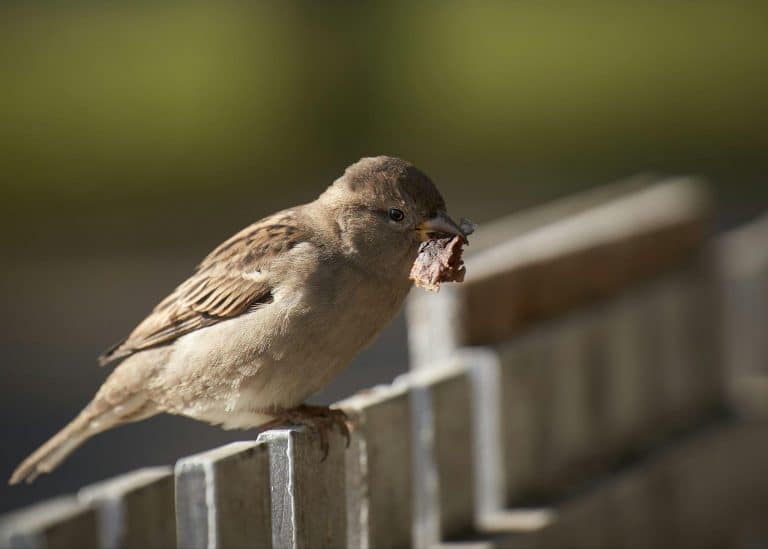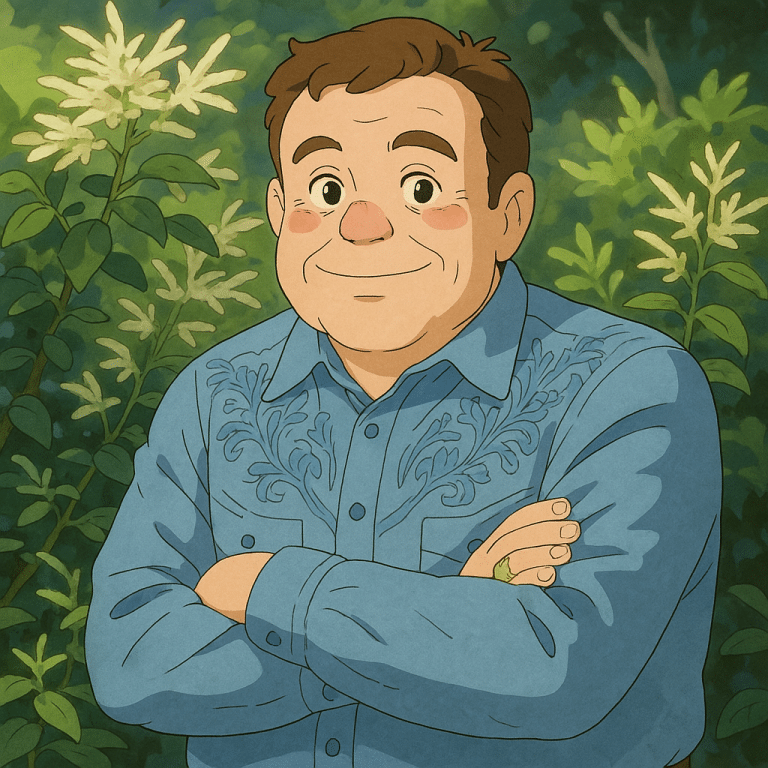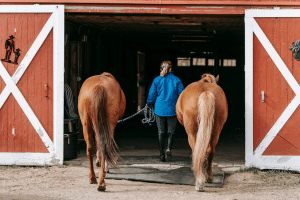Creating a healthy garden isn’t just about choosing the right plants or applying the right fertilizer—it’s about building balance. In many backyards across the Gulf Coast and beyond, homeowners face one common challenge: pests. Aphids, caterpillars, beetles, and mosquitoes can quickly undo months of hard work. While chemical treatments may offer short-term relief, they often harm beneficial insects, pollinators, and even soil health.
Fortunately, nature has already provided one of the most effective pest-control solutions—birds. Inviting birds into your garden can help create a self-sustaining ecosystem that keeps pests under control, supports biodiversity, and adds life and music to your outdoor space.
In this guide, we’ll explore how to attract pest-eating birds, which species can help the most, and practical steps to make your garden a bird-friendly haven.
Understanding Birds as Natural Pest Control
Birds are nature’s most efficient insect managers. Many common backyard species feed primarily on insects, especially during the breeding season when they need protein-rich food for their young.
- Chickadees, wrens, and nuthatches feast on aphids, beetles, and caterpillars.
- Bluebirds and flycatchers catch mosquitoes and gnats midair.
- Woodpeckers drill into bark to extract larvae hiding beneath the surface.
- Even sparrows and finches, often seen as seed eaters, rely on insects when raising chicks.
Encouraging these birds to visit and stay is a sustainable way to maintain a balanced ecosystem—no harsh sprays or toxic chemicals needed.
Creating a Bird-Friendly Garden
Before you start attracting birds, consider how your backyard currently functions. Does it provide food, shelter, and water? These three elements form the foundation of any bird-friendly space.
1. Provide a Reliable Food Source
Birds require consistent food access, especially in spring and summer when insects are plentiful and in cooler months when natural food sources dwindle. The easiest way to do this is by incorporating a few well-placed feeders.
Durable, weather-resistant options such as Kingsyard bird feeders blend seamlessly into gardens and can serve a wide variety of species. Fill them with a mix of seeds, suet, or dried mealworms depending on your local bird population.
Suet, in particular, is excellent for attracting insect-eating birds like woodpeckers and wrens. When paired with natural insect populations, feeders provide the perfect supplement that keeps birds visiting your yard year-round.
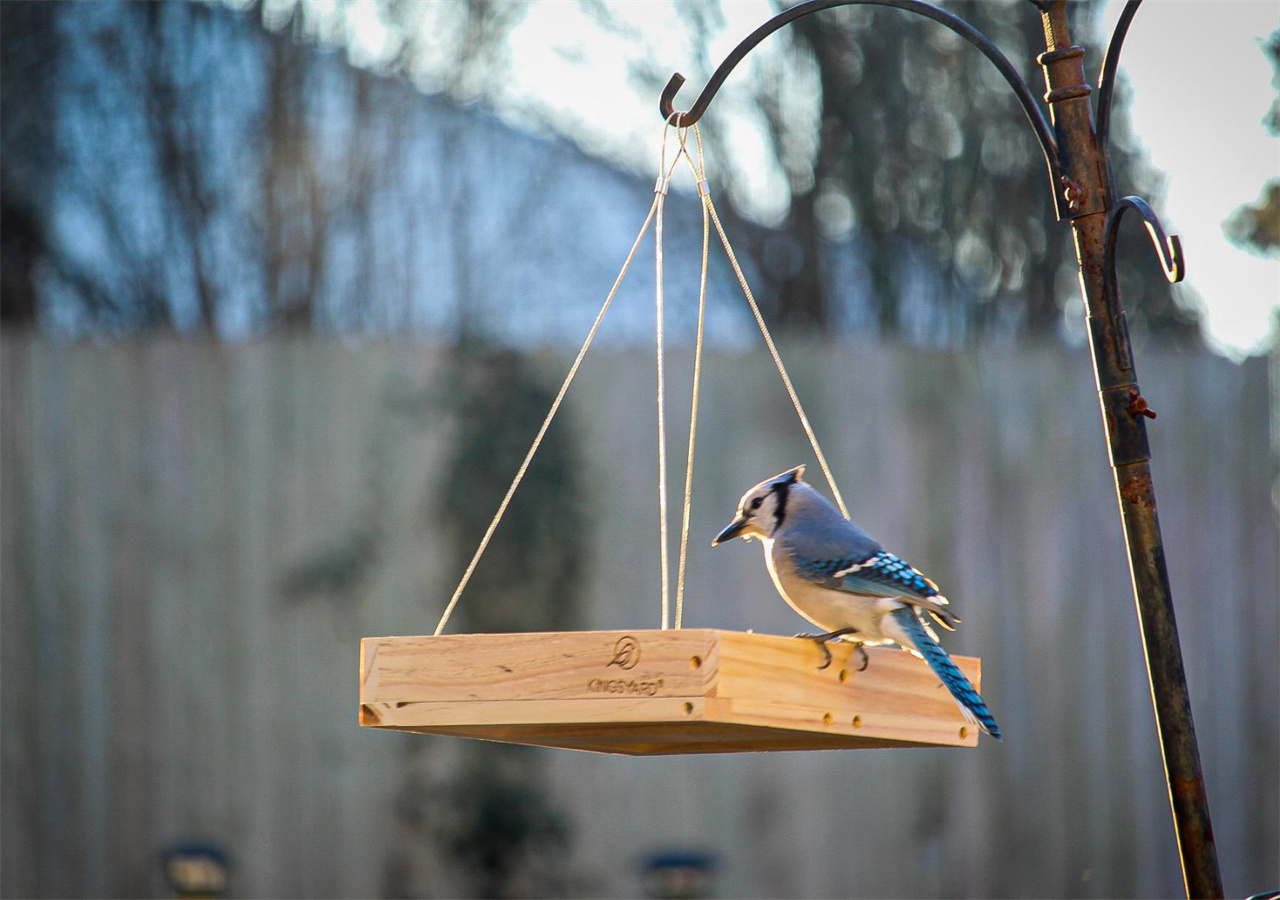
2. Choose Native Plants That Support Insects
The key to long-term success is creating a garden that feeds both insects and birds. Native plants are the cornerstone of this balance. They host local insect species that birds rely on, while also thriving naturally in your region’s soil and climate.
Consider planting shrubs like American beautyberry, wax myrtle, or buttonbush, which produce berries birds love while supporting pollinators. Flowering perennials such as coneflowers, coreopsis, and black-eyed Susans attract butterflies and bees, which in turn draw in insect-hunting birds.
Avoid excessive pesticide use, as it reduces the very food source you’re trying to provide. A few nibble marks on leaves are a small price to pay for a vibrant, living garden.
3. Add Shelter and Nesting Areas
Birds need safe, comfortable places to rest, nest, and hide from predators. Creating layers in your landscape—trees, shrubs, and ground cover—encourages a diversity of species.
You can also install birdhouses or nesting boxes to welcome cavity-nesting birds like wrens, titmice, and bluebirds. For smaller yards, dense hedges or climbing vines such as Carolina jessamine offer natural protection.
Even leaving a small brush pile or a few dead branches can provide valuable shelter for ground-feeding species. A well-designed garden doesn’t have to be perfectly tidy; sometimes, a little wilderness is exactly what birds—and ecosystems—need.
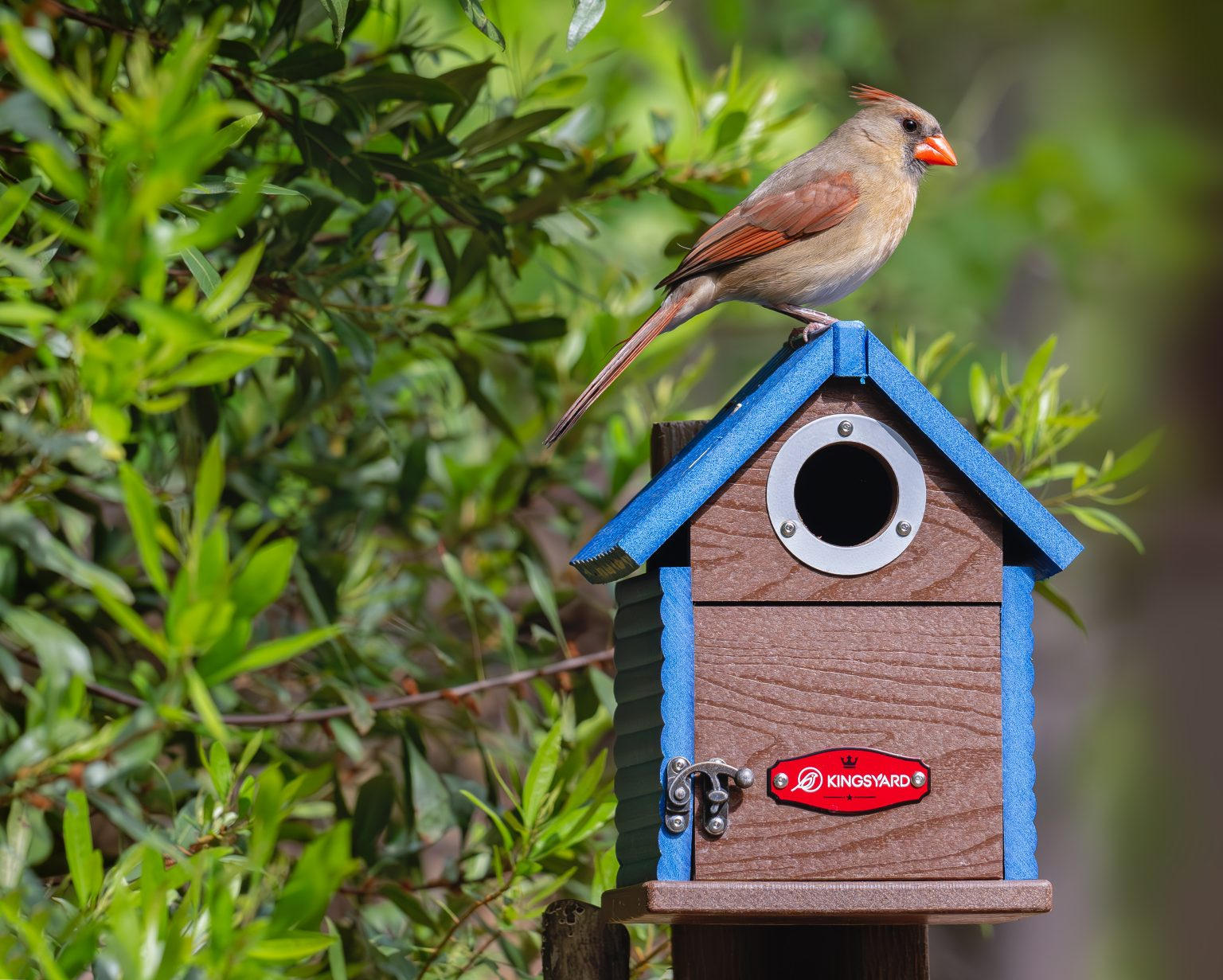
4. Keep Fresh Water Available
Birds are drawn to water sources for both drinking and bathing. A shallow birdbath, small fountain, or even a gently dripping hose can attract them within days.
Moving water works best, as the sound and reflection catch a bird’s attention from a distance. Keep water sources clean, especially in warm months when algae can grow quickly.
Position your water feature near shrubs or trees to give birds quick access to cover if they sense danger.
Supporting Birds Year-Round
Different seasons bring different challenges and opportunities for birds.
- Spring and Summer: Offer a mix of feeders and native plants to help birds raise their young.
- Autumn: Allow seed heads on flowers to remain—finches and sparrows will thank you.
- Winter: Provide suet and high-fat foods to support birds when insects are scarce.
In milder climates like Texas, even a small effort—keeping feeders filled and water fresh—can make a huge difference for resident and migrating species alike.
The Beauty of a Balanced Garden
When you design your landscape with birds in mind, you do more than just control pests—you cultivate balance. A thriving population of insectivorous birds can drastically reduce harmful pests without the environmental downsides of pesticides. Over time, your garden becomes a healthier, more self-regulating ecosystem.
Plus, the rewards go beyond function. Watching a wren hop along a fence or a chickadee dart between branches brings a kind of peace that’s hard to find elsewhere. These moments remind us that gardening isn’t just about maintaining plants—it’s about nurturing life.
For those looking to start, Kingsyard offers a variety of well-built feeders that make bird care simple and effective. Pairing these with native plantings and thoughtful garden design ensures that both you and your feathered visitors can enjoy a thriving, natural partnership.
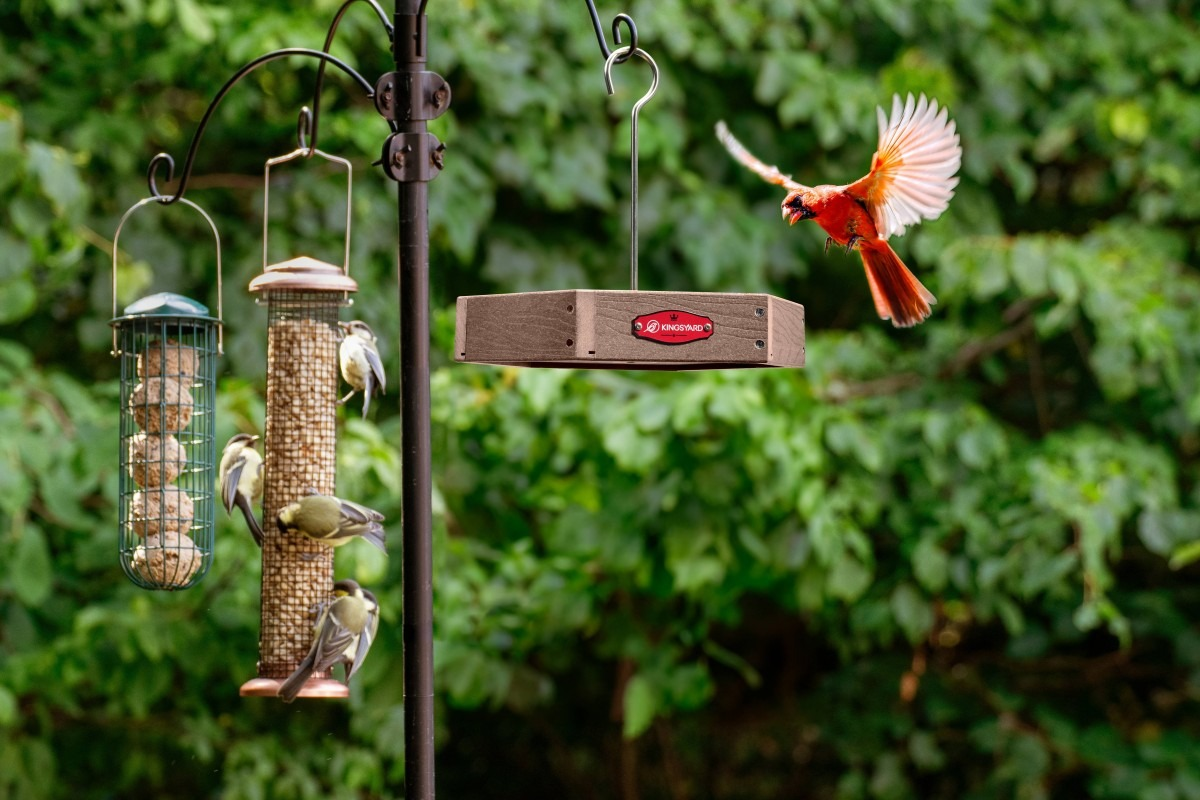
Final Thoughts
Welcoming birds into your backyard is one of the most rewarding—and practical—choices a gardener can make. Birds are both guardians and guests, working quietly to keep your garden in balance while adding color and song to your days.
By combining sustainable practices, native planting, and reliable feeding options, you can create a space where nature flourishes and pests are kept naturally in check. It’s a win for your garden, your local ecosystem, and your peace of mind.
So the next time you spot a wren exploring the hedges or a woodpecker tapping at your oak tree, take a moment to appreciate them. These small allies are doing the quiet, important work that keeps your garden healthy—one beakful at a time.


